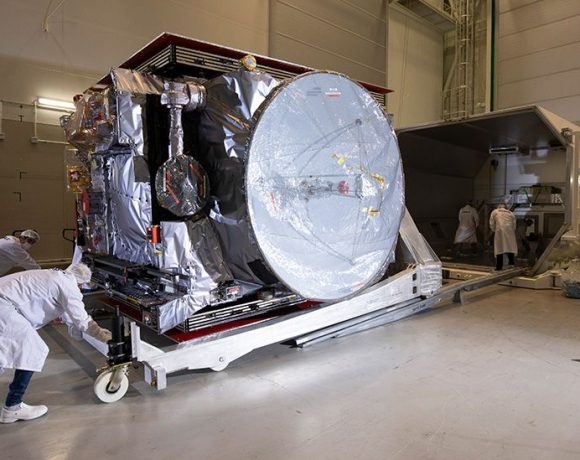
On Thursday, the European Space Agency (ESA) will launch a highly ambitious mission, sending a satellite to Jupiter’s major moons – Callisto, Europa, and Ganymede – which are believed to contain oceans of liquid water beneath their icy surfaces. The ESA hopes to determine if the conditions on these moons could potentially support life. The eight-year journey to Jupiter is one of the most challenging and complex missions ever attempted by the organization.
The Jupiter Icy Moons Explorer (Juice) mission aims to investigate whether the hidden oceans on Jupiter’s moons, which are believed to contain liquid water, could sustain simple microbial organisms. Although Juice is not equipped to detect life or send back images of any potential organisms, it could help scientists determine whether the moons have the necessary conditions to support life.
Professor Carole Mundell, the director of science at ESA, notes that microbial life exists in extreme environments on Earth, and there is no reason to believe it cannot exist elsewhere in similar conditions. The mission aims to study these conditions on Jupiter’s moons.
Juice will conduct 35 close passes of Jupiter’s moons, getting as close as 400km to their surfaces, before eventually entering orbit around Ganymede. The spacecraft is equipped with ten instruments, including cameras, particle detectors, a radar, and a lidar for making 3D maps of surface terrain.
However, the magnetometer provided by Imperial College London could provide the most significant data. This instrument will help scientists determine the properties of the moons’ hidden oceans, including their depth, salt content, and contact with the rocky mantle.
This information, along with observations from other instruments, could reveal if there is organic material on the moons’ surfaces and provide insight into their interior structures.
Picture Courtesy: Google/images are subject to copyright
